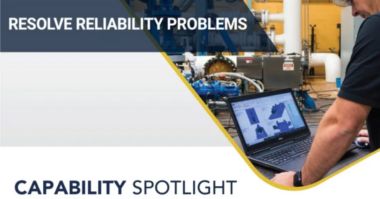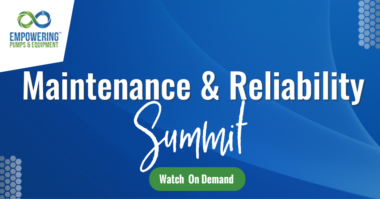Selling an ESG (Environmental, Social, and Governance) maintenance improvement program to factories requires a strategic approach emphasizing sustainable practices’ benefits. Here are some steps to help you effectively sell such a program:
1. Understand the factory’s pain points: Research the factory’s current maintenance practices and identify any challenges they may be facing. This will help you tailor your pitch to address their specific needs and concerns.
2. Highlight cost savings: One of the most compelling arguments for implementing an ESG maintenance improvement program is the potential for cost savings. Emphasize how sustainable practices can lead to reduced energy consumption, waste reduction, and increased operational efficiency, resulting in long-term cost savings for the factory.
3. Showcase regulatory compliance: ESG practices are becoming increasingly important for regulatory compliance. Familiarize yourself with relevant environmental and social regulations and demonstrate how your program will help the factory meet and exceed these requirements. Compliance can help avoid penalties and maintain a positive reputation.
4. Present environmental benefits: Emphasize the positive environmental impact of adopting sustainable maintenance practices. This includes reduced greenhouse gas emissions, minimized waste generation, and preservation of natural resources. Illustrate how these actions contribute to mitigating climate change and promote environmental stewardship.
5. Highlight social responsibility: ESG practices also encompass social aspects, such as worker health and safety, fair labor practices, and community engagement. Discuss how your program can enhance worker well-being, ensure a safe working environment, and demonstrate the factory’s commitment to ethical and socially responsible business practices.
6. Provide case studies and success stories: Share examples of other factories or organizations that have implemented ESG maintenance improvement programs successfully. Highlight the measurable benefits they achieved, such as increased profitability, improved brand reputation, and enhanced employee morale. Real-life examples can inspire confidence in your program’s potential.
7. Offer a phased implementation plan: Break down the implementation process into manageable phases, clearly outlining the steps involved and the expected outcomes at each stage. This approach makes it easier for the factory to visualize the process and understand the timeline and resource requirements.
8. Develop a financial analysis: Prepare a financial analysis that demonstrates the return on investment (ROI) of implementing the ESG maintenance improvement program. Consider factors such as energy cost savings, reduced maintenance expenses, and potential revenue growth from improved brand image and customer preference for sustainable products.
9. Address potential objections: Anticipate and address any potential objections or concerns the factory may have. Common concerns may include upfront costs, disruption to current operations, or skepticism about the benefits. Be prepared to provide evidence-based answers and data-driven solutions to alleviate their concerns.
10. Offer ongoing support and monitoring: Assure the factory that your program includes ongoing support, monitoring, and continuous improvement. Highlight that you will be a long-term partner committed to helping them achieve their sustainability goals.
Remember to tailor your pitch to the specific needs and characteristics of each factory you approach. By effectively communicating the financial, environmental, and social benefits of your ESG maintenance improvement program, you can increase the chances of successfully selling it to factories.
About the Author:
AW Schultz is a recognized thought leader on maintenance work management, an entrepreneur, an Amazon best-selling author, a sought-after strategist, and a consultant with global engagements. Check out AW’s interview on the Empowering Industry Podcast. http://awschultz.org





Comments